
Barcelona: Curro Claret is a native Catalan Designer, globally recognized for his work, focusing on the reuse of materials and objects that have already completed their life cycle. He welcomed me into his studio in Poble Nou, which seems unorganized at a first glance, but it completely makes sense in the end. The Catalan editor Oscar Guayabero defines him with “attitude, method and love.
Matteo:
Hola Curro!
Curro: Hola Matteo!
M: One of the aspects of your work that has always interested me, is to recognize a really personal approach to your projects. Do you think that we are what we design?
C: I think that it works like in any other field, like in music, for example, there are singers that write about equality, justice or economic balance, and yet they live in a super luxurious houses. I don’t think its incompatible. The same happens in cinema, literature and so on. Of course, we do like to find this coherence between the work and the “designer”, however, I don’t think it’s necessary. In my case, for example, I live in the house of my partner, but in reality, I couldn’t afford to live in this specific house, I have no car, no kids, and if I had to afford this standard of life, I simply couldn’t do it with my economic position. In any case, I don’t have many objects in my house, not even the ones that I have designed.
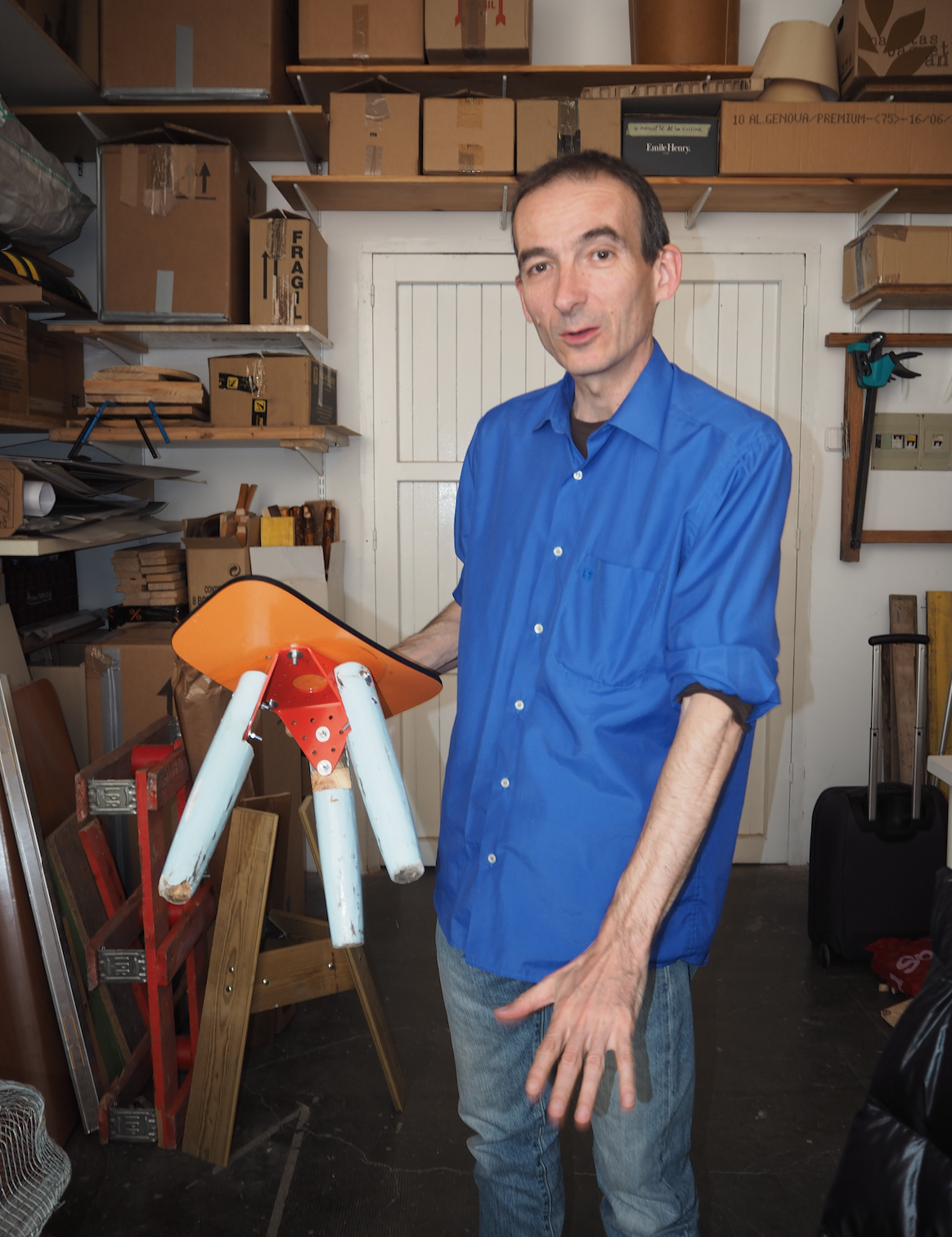
M: I see! Everyone, has a different approach. Recently I was reading about Miguel Milà and most of his design are developed from his everyday personal needs.
C: Depending on the values and conditions that
are behind the interest you have in making a specific thing, you can
establish a much more direct
relationship between designer and object.
relationship between designer and object.

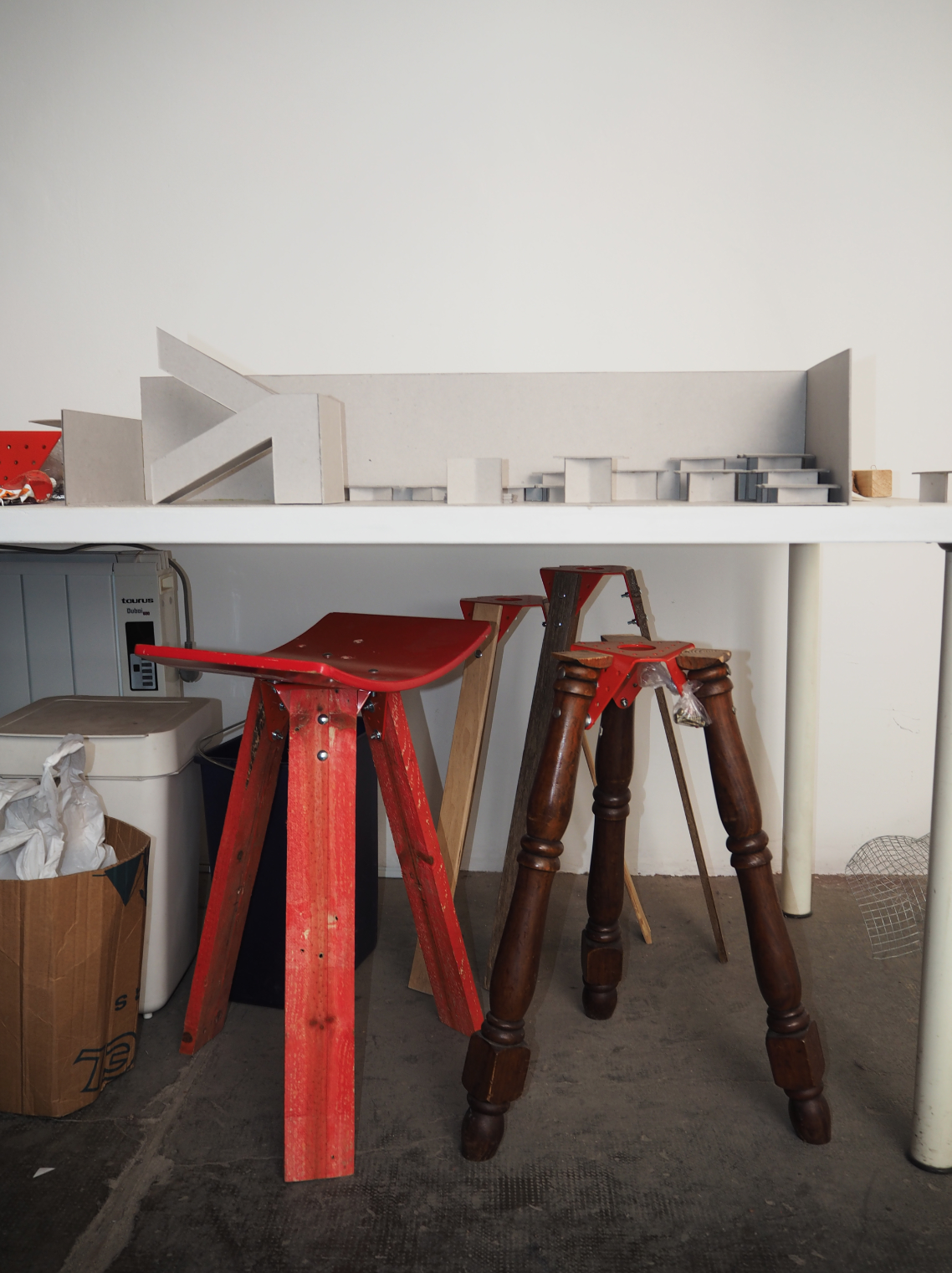
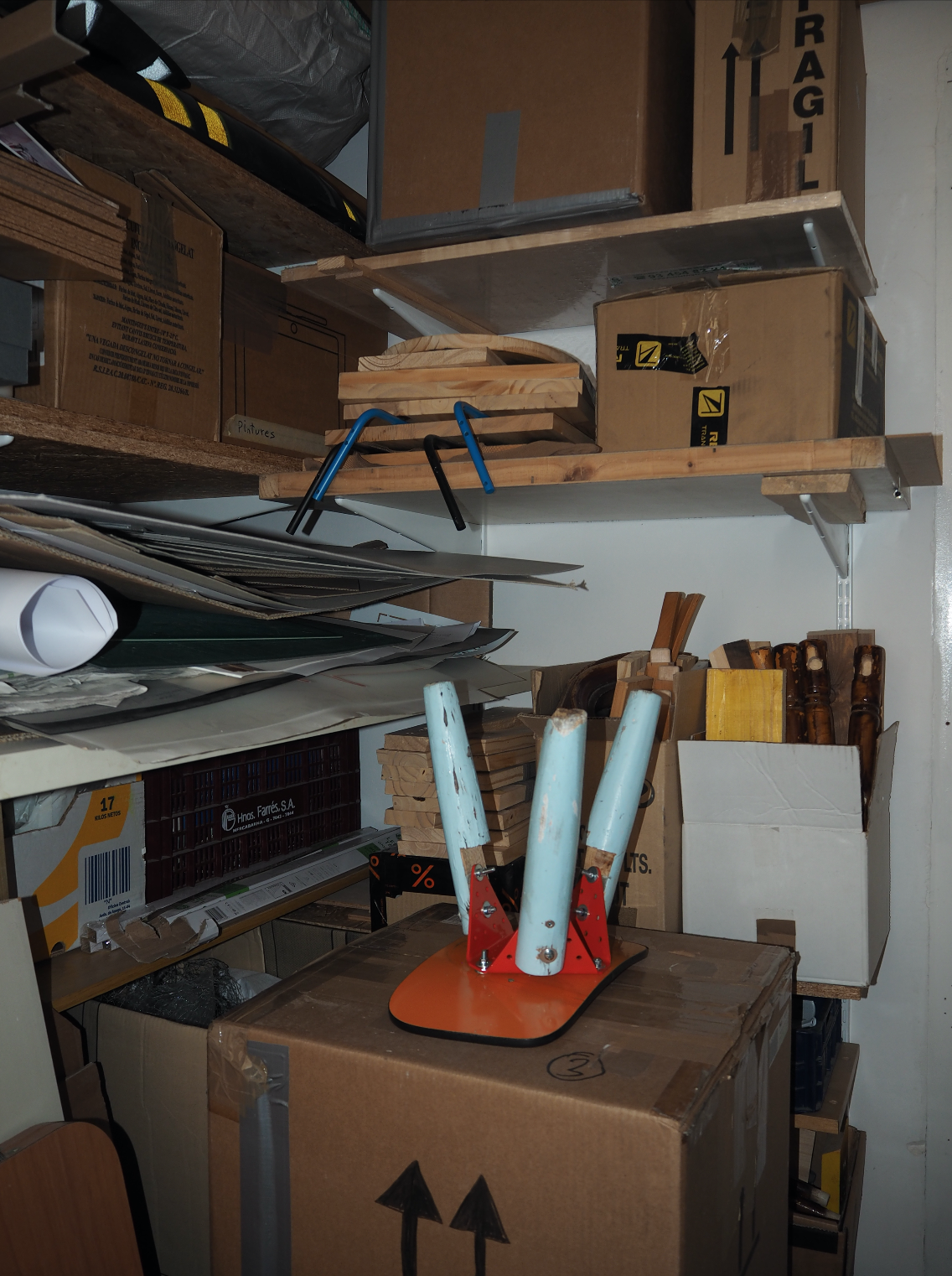
M: Bruno Munari, in Fantasia, explains how
assimilating past experiences with new ones makes creativity operate on our
memory, generating new relations between forms, content, materials,
techniques and means, and therefore new proposals. With CCC I want to
propose a story that is based on experiences, do you think this can be
complementary with trends?
“Is more difficult to not being part of a context“
C: In general I agree with Munari, however, for example, Lars Von Trier never sets foot in the USA, he is not interested in being there, but most of his movies are based on the “American way of life”. Again, we can agree on this general framework of these arguments, yet if we look in detail, I don't think we can exclude the opposite, of course, is more difficult to not being part of a context and trying to express it.
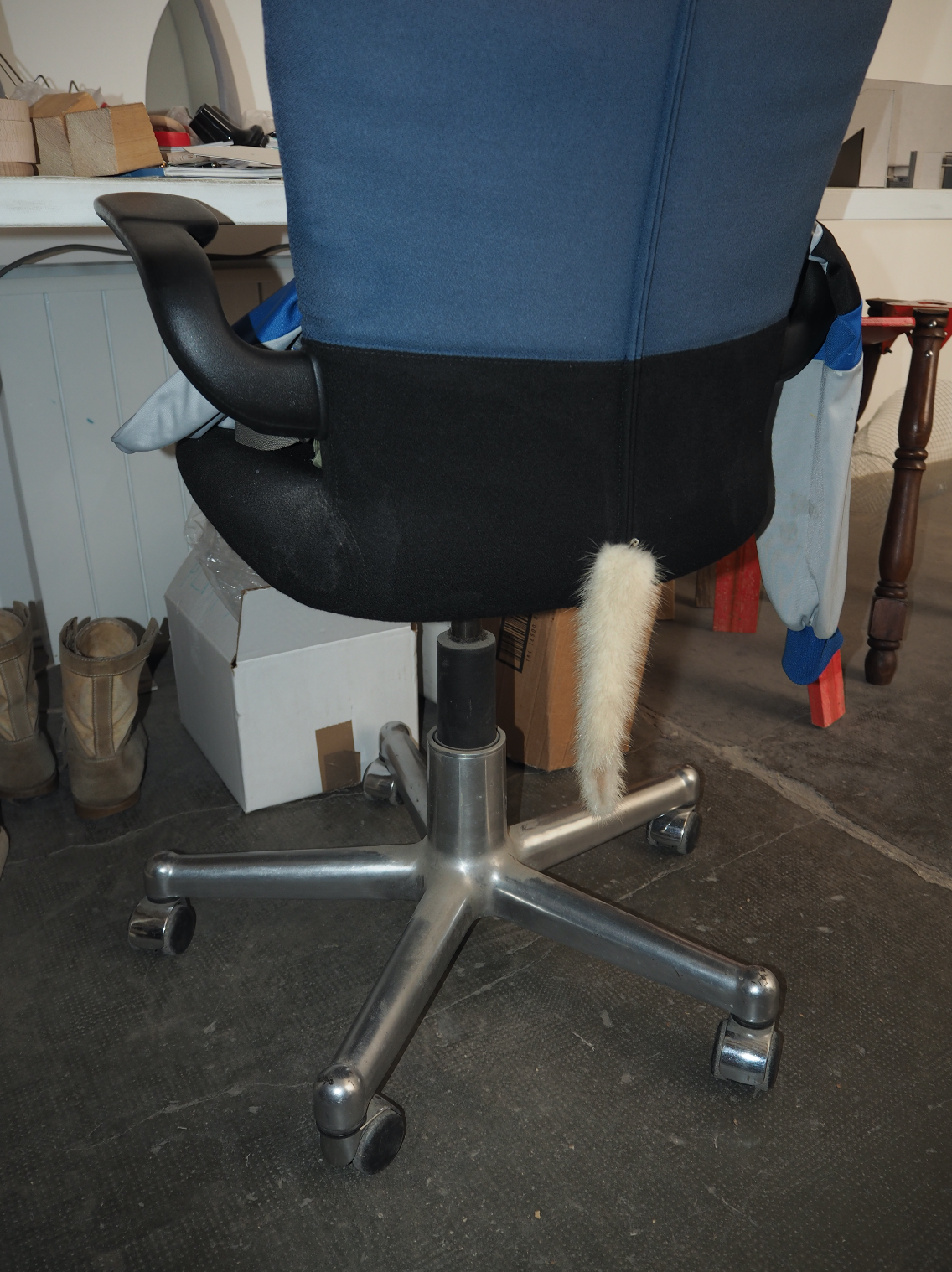
M: I feel like many young designers are
proposing a design based on trend. I just got back
from Milan, and at the Satellite, I saw the same shapes and
materials repeated in different stands. Designers from different
cultures are presenting very similar stories, and this makes
me wonder how the globalization is affecting the design
discipline. My generation wears the same shoes, and dances to the same music,
indifferently to where we are. Of course, there are some cultures that are still
very different, yet is the direction we are taking going to bring us all
under the same brand?
C: Yes, I agree. We are losing it, we have to be really careful. I’m not even sure about what to say… for sure it is something that you can’t really obstruct, but you can be conscious about it. I don’t think it is easy to evaluate the weight and the importance of this development, but it certainly does have both. We can’t step over it and let it go forward pretending nothing is happening.
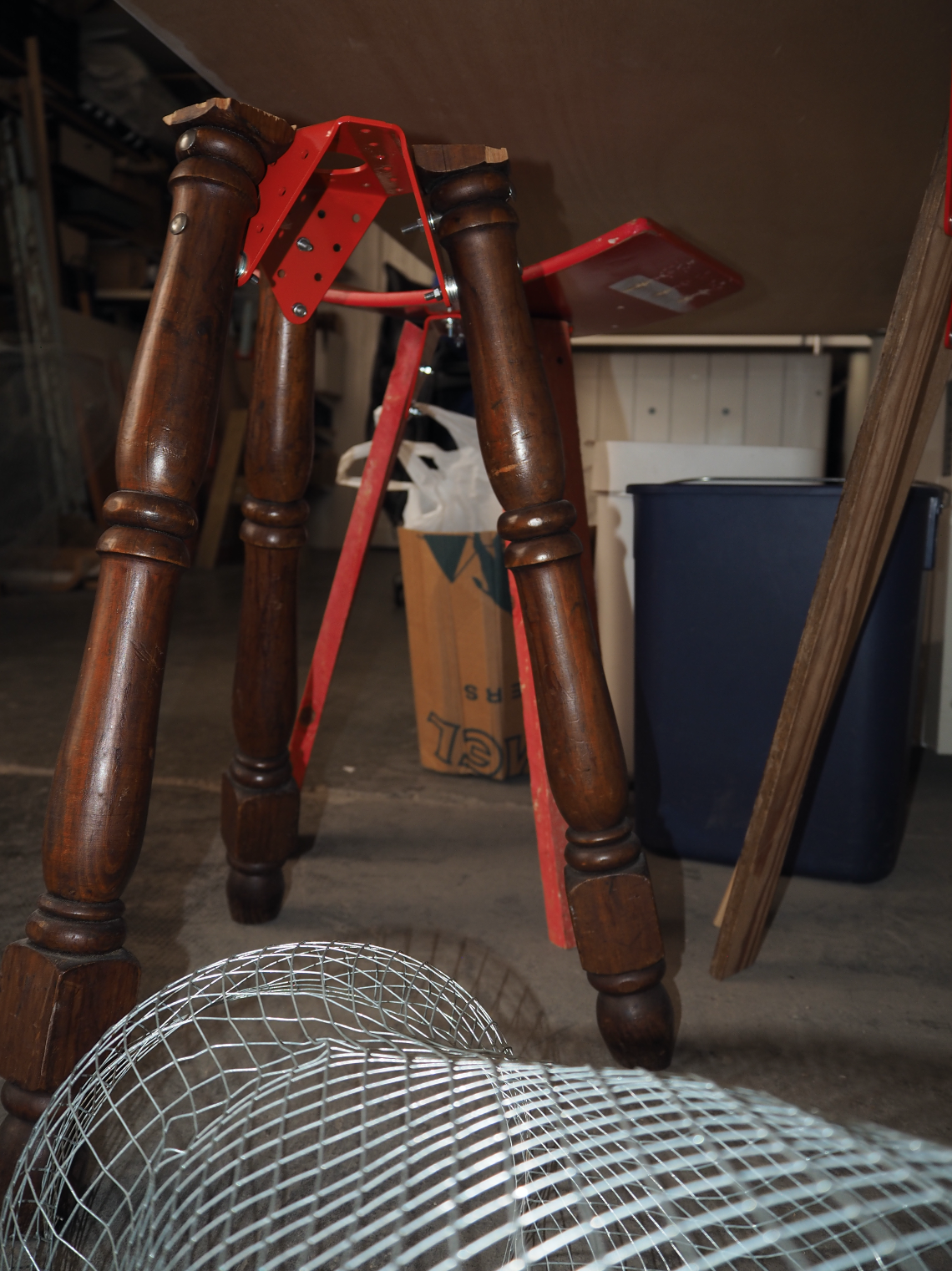

M: Half of this planet sits on the floor.
Why do you think we all sit in different ways?
C: Remember that kids always sit on the floor, no matter which culture they are from. I also see young girls, crossing their legs over a chair, and I guess it is related to age because when they grow they probably stop doing it. It’s nice that a physiologic relationship exists. Probably some cultures didn’t follow the same steps that we did, preserving the way of sitting, but I suspect that in the beginning we probably all sat on the floor in the same way.
M: Which country of the 8 that CCC will
analyse would you like to explore?
C: Joder tio, India, Nigeria, Russia... I think I would go towards the culture I know less: the one that has the least relations with mine, and the most unexplored. But I think that the question is not to which country you go to, but what places you visit, and I would pick the farthest.
M: Have you ever been to any of this
countries?
C: Yes I went to Japan and Brazil. Think that Japan with the Sakoku (鎖国, "closed country") closed their gates for more than 220 years, and being without relations with any other country for such a long time, maybe that's the reason that makes it so different from the rest.

“I would pick the farthest”
M: If design comes from necessity, I’m
wondering if the chair is a necessity, and of course this depends on your culture, but
I was doing a little research and it seems there are
different theories on why the chair came to be. One of these explains how
the chair comes from the need to elevate someone to a higher
position, for example, kings and tribe chiefs. It is also what the Dalai Lama
does, he always sits on the highest position in the room, sometimes on
a few pillows, sometimes on a platform. Do you think that the chair is a
necessity?
C: This makes me think about cutlery, which probably followed the same path. Once I read that the knife and fork come from hierarchical needs. The king differs from the rest using a fork or knife, therefore using something that the rest don’t have, to create a distance between him and the rest. Then, of course, over the years, people copied and it became a common practice. In any case, there are still many cultures that eat with their hands, so this hierarchy didn’t really appear or it probably appears in different expressions.